The drift ice of the Sea of Okhotsk
A scenic spot for the superb view that you’ll want to see at least once in your lifetime! Visiting Hokkaido to see the drift ice of the Sea of Okhotsk, the mysterious beauty of nature!
The northeastern area of Hokkaido, along the coast of the Sea of Okhotsk, is famous for the drift ice scenery in winter. In addition, Hokkaido is known as the “southern limit of drift ice,” the place where you can see the drift ice in the southernmost part of the Northern Hemisphere. From the coast, you can see drift ice from the middle of January every year, and the best season to see the drift ice is from late January to March. In the Monbetsu, Abashiri, and Shiretoko regions along the coast of the Sea of Okhotsk, there are experiential tours that you can enjoy various activities related to drift ice.
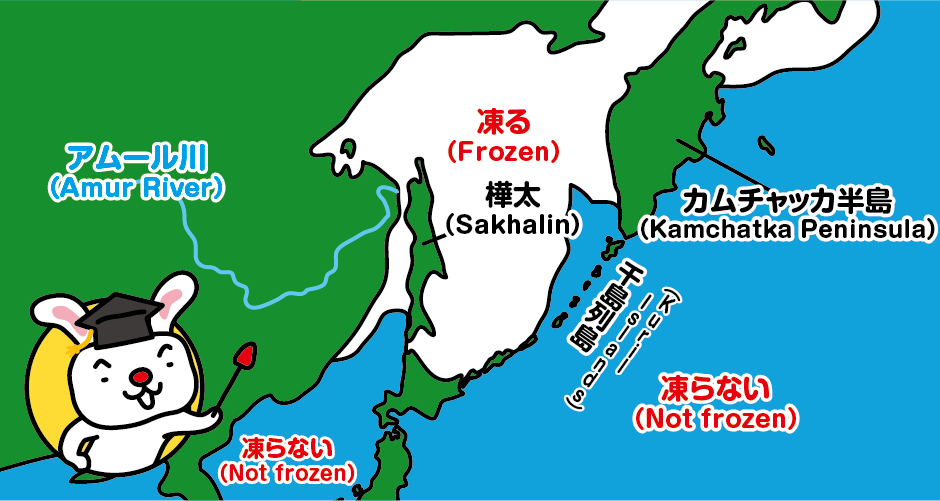
The Sea of Okhotsk is surrounded by the Kuril Islands, Kamchatka Peninsula, Eurasian Continent, and Sakhalin, making it look like a closed ocean area. Under such environmental conditions, the large amount of freshwater from the Amur River in Russia creates layers of seawater with different salinity levels on the surface and seabed.
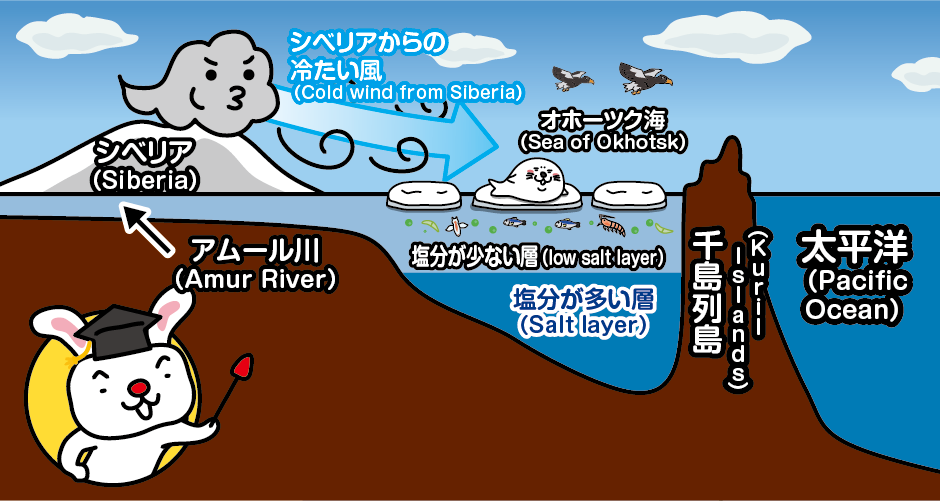
Water freezes at 0°C. Seawater is difficult to freeze because of the salinity, but seawater starts freezing when the temperature drops to minus 1.8°C. Because the surface seawater of the Sea of Okhotsk has a low salinity, when a cold wind (seasonal wind in the northwest region) as low as minus 40°C blows from Siberia to the sea surface, the seawater freezes rapidly. The layer of seawater with low salinity is said to has a depth of 50m from the sea surface. Due to the environmental conditions, including a special topography of the Sea of Okhotsk, seawater with low salinity and cold winds from Siberia, the drift ice rushes into Hokkaido every year.
By the way, the ice formed by freezing seawater is called sea ice. Technically, sea ice floating in the sea is called drift ice, and the sea ice that docks and does not move is called fast ice to distinguish them. However, as a general term, all kinds of sea ice are called drift ice.
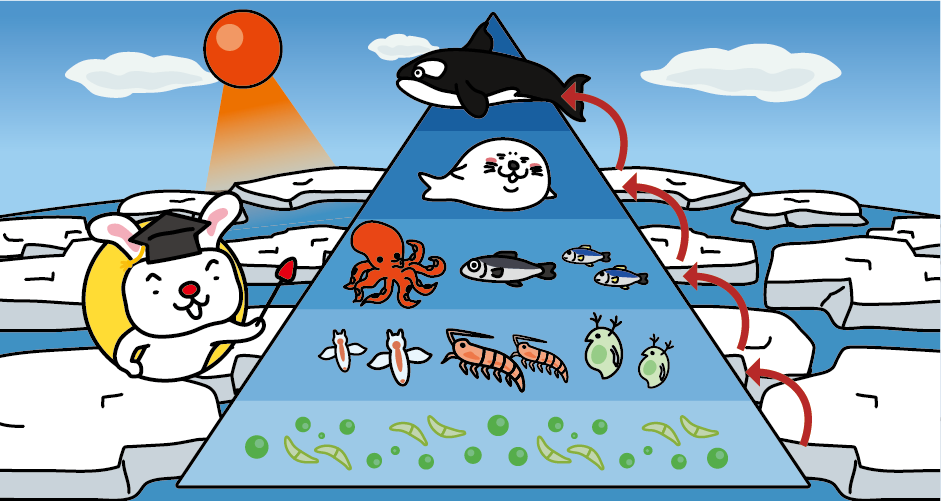
A lot of phytoplankton is attached to drift ice. In spring, when the amount of solar radiation increases, phytoplankton perform photosynthesis and increases in quantity. Zooplankton including Krill and Clione gather to prey on them, and small fish that eat Krill and other zooplankton also gather. In addition, large fish that eat small fish are also gathered, making the Sea of Okhotsk a rare and fertile sea in the world.
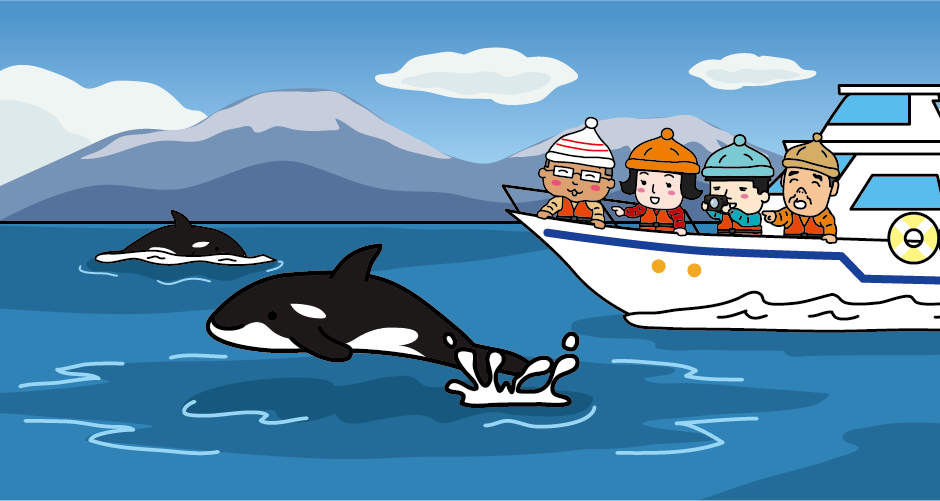
Furthermore, in the early summer of the fertile Sea of Okhotsk, you can enjoy whale watching in Nemuro Strait as the drift ice melts and cetaceans such as sperm whales, minke whales, and killer whales come looking for their food.
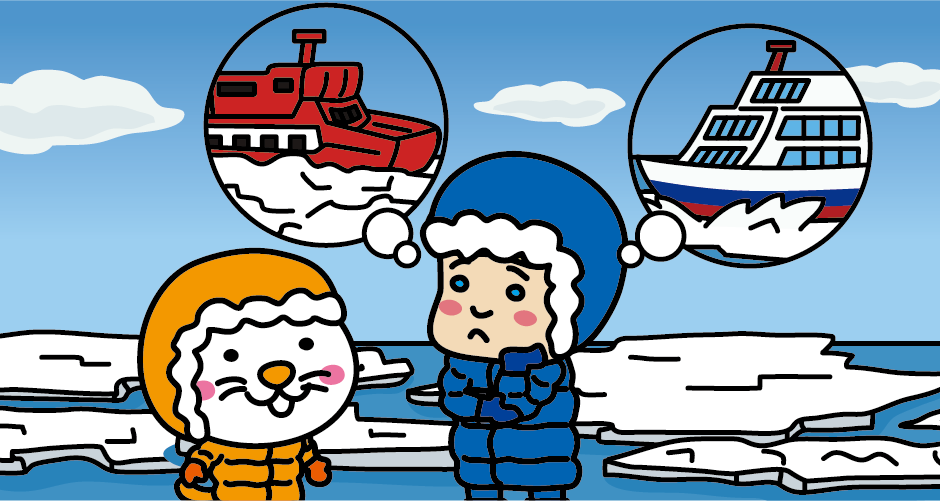
You can observe drift ice from an icebreaker. The “Garinco-go” that departs from the Port of Monbetsu and the “Aurora-go” (AURORA) that departs from the Abashiri Port. The Garinco-go is an icebreaker that moves forward while crushing ice with a drill equipped on the bow, and the Aurora-go is an icebreaker that moves forward while breaking the ice with the ship’s own weight by pushing the drift ice with its bow.

“The Okhotsk Sea Ice Museum (GIZA)” in Monbetsu City is a science museum with the theme of “drift ice.” Real drift ice and the angel of drift ice “Clione” are exhibited all year round. It has the largest number of breeding aquariums for Clione in Japan.
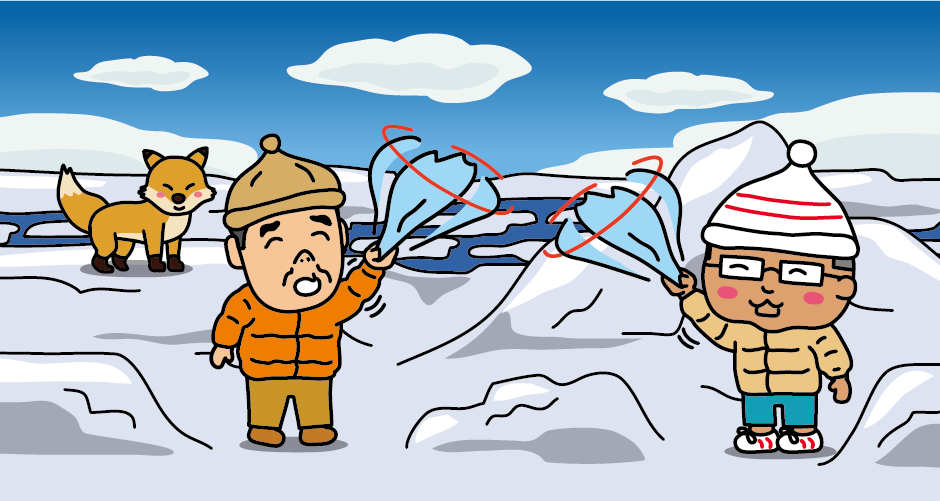
The “Okhotsk Ryu-hyo Museum” is a science museum with the theme of “the Sea of Okhotsk and Drift Ice” in Abashiri City. In addition to enjoy seeing the displays of mysterious creatures from the Sea of Okhotsk, including Clione, you can also enjoy the “Shibare Experience,” an experiential activity .
Note: The word “Shibare” derived from the dialectal term “Shibareru” in Hokkaido, which means “getting cold”
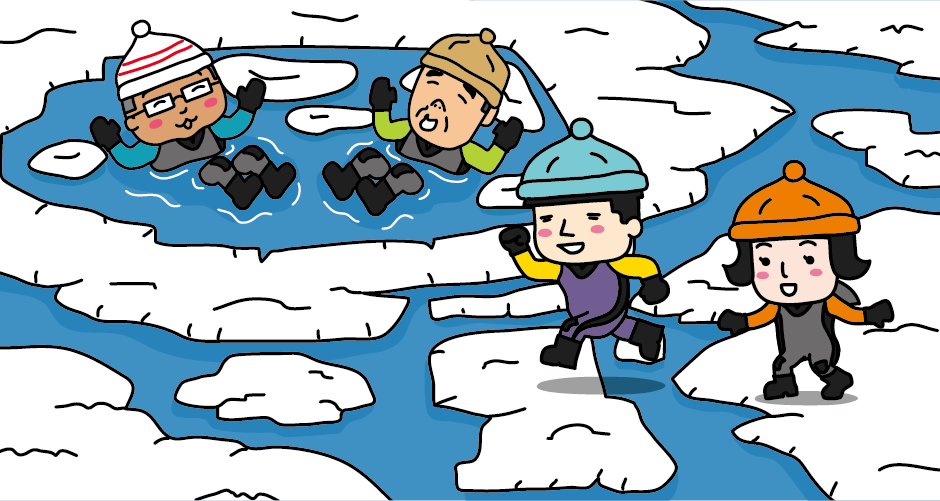
At the Utoro area in Shiretoko, which is the site in that is registered as a UNESCO World Natural Heritage Site, you can fully enjoy Shiretoko in winter with the “drift ice walk,” an experiential activity that you can walk on the drift ice or floating on the sea with the drift ice wearing a dry suit.
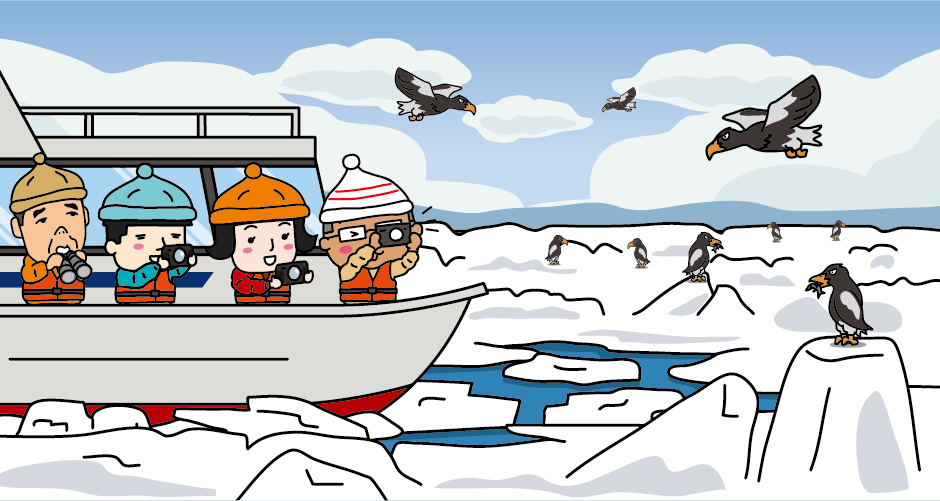
The Nemuro Strait, which spreads out in front of Rausu at the Shiretoko Peninsula, is the southernmost sea of the Northern Hemisphere where the drift ice flows down, and is also the place where natural monuments such as Steller’s sea eagles and white-tailed migrate to survive winter. You can enjoy bird watching of Steller’s sea eagles and white-tailed eagles on a drift ice cruise ship departing from Rausu Port.
Access to Icebreaker Garinko-go Station
It takes about 1 hour and 45 minutes from Haneda Airport to Okhotsk Monbetsu Airport.
About 10 minutes by free shuttle car from Okhotsk Monbetsu Airport to Garinko-go Station. Alternatively, it takes about 10 minutes by loacal bus from Okhotsk Monbetsu Airport bus stop to Okhotsk Tower Iriguchi bus stop.
It takes about 1 hour and 30 minutes from Haneda Airport to Shin-Chitose Airport.
It takes about 1 hour and 50 minutes from Itami Airport to Shin-Chitose Airport.
It takes about 40 minutes from Shin-Chitose Airport to JR Sapporo Station on the Chitose Line (rapid train). It takes about 4 hours and 30 minutes from JR Sapporo Station Bus Terminal to Monbetsu Bus Terminal by highway bus (Ryuhyo Monbetsu-go). It takes about 10 minutes by local bus from Monbetsu Bus Terminal to Okhotsk Tower Iriguchi Bus Stop.
It takes about 1 hour and 40 minutes from Haneda Airport to Asahikawa Airport.
It takes about 35 minutes from Asahikawa Airport to JR Asahikawa Station by airport shuttle bus. It takes about 3 hours by highway bus from JR Asahikawa Station to Monbetsu Bus Terminal. It takes about 10 minutes by local bus from Monbetsu Bus Terminal to the Okhotsk Tower Iriguchi bus stop.
Get off at Okhotsk Tower Iriguchi bus stop and walk for about 15 minutes.
Access to Icebreaker Aurora Terminal
It takes about 1 hour and 50 minutes from Haneda Airport to Memanbetsu Airport.
About 45 minutes from Shin-Chitose Airport to Memanbetsu Airport.
It takes about 40 minutes from Memanbetsu Airport to Aurora Tower bus stop by shuttle bus.





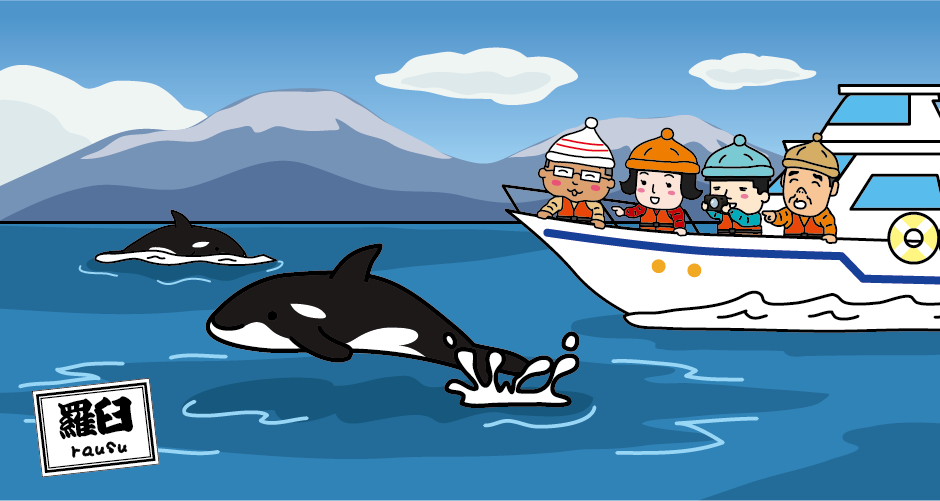

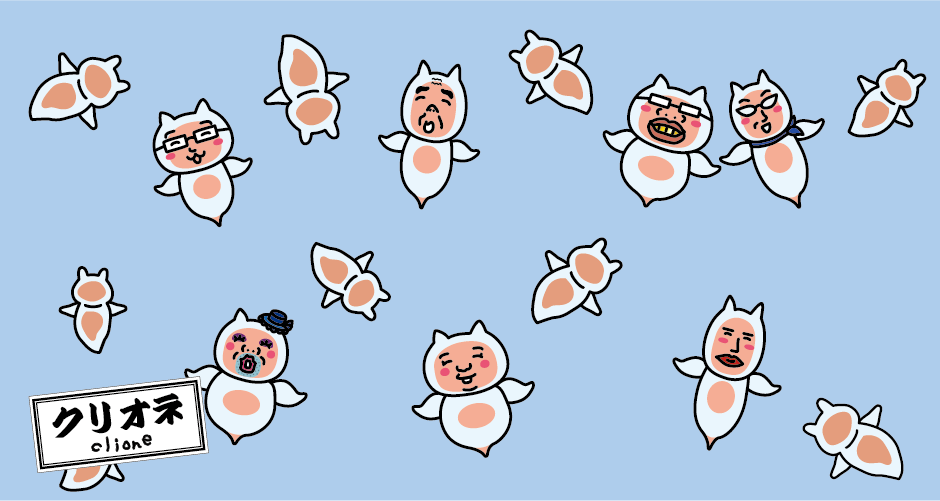






You need to login to comment on an article.